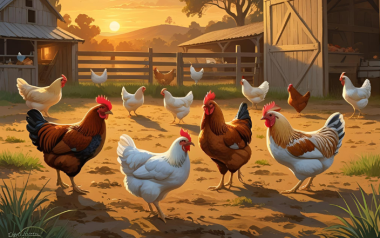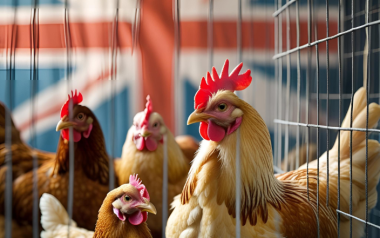Sources: Available upon request.
26 Nov 2024
Safety as a top priority in US poultry processing
The U.S. poultry processing industry has recently achieved a significant milestone in workplace safety. For the first time since the Bureau of Labor Statistics began recording data in 1994, the incidence of occupational injuries and illnesses in poultry slaughtering and processing has fallen below the levels of the general industry, manufacturing, and food manufacturing sectors.
The U.S. poultry processing industry has recently achieved a significant milestone in workplace safety. For the first time since the Bureau of Labor Statistics began recording data in 1994, the incidence of occupational injuries and illnesses in poultry slaughtering and processing has fallen below the levels of the general industry, manufacturing, and food manufacturing sectors. This achievement is a testament to the industry’s commitment to improving worker safety through various innovative practices and technologies.
Ergonomic practices
One of the key factors contributing to this success is the industry’s focus on addressing common issues related to repetitive strain injuries. The Joint Poultry Industry Safety & Health Council has emphasized the importance of ergonomic practices and early medical intervention to prevent musculoskeletal disorders such as carpal tunnel syndrome. By adopting these measures, the industry has significantly reduced the rate of injuries among its workforce.
Technological advancements
In addition to ergonomic practices, the poultry processing industry has embraced new technologies and automation to enhance worker safety. Automation has played a crucial role in reducing the physical demands placed on workers, thereby minimizing the risk of injuries. For example, automated systems for tasks such as deboning and packaging have not only improved efficiency but also reduced the likelihood of repetitive strain injuries.
Impressive results
The industry’s efforts have yielded impressive results. The rate of injuries in chicken processing has decreased by 89% since 1994, dropping from 22.7 injuries per 100 full-time workers to just 2.6. This rate is now lower than the rates for similar agricultural industries, the entire food manufacturing sector, and all manufacturing industries. Such a significant reduction highlights the effectiveness of the industry’s safety initiatives and its dedication to protecting its workforce.
Role of the National Chicken Council
Moreover, the U.S. National Chicken Council has played a pivotal role in promoting safety standards within the industry. By advocating for best practices and providing resources for continuous improvement, the council has helped drive the industry’s progress in reducing workplace injuries. Their efforts have been instrumental in fostering a culture of safety and accountability across the sector.
Conclusion
The success of the U.S. poultry processing industry in achieving this safety milestone serves as a model for other industries. It demonstrates that with a concerted effort and a commitment to innovation, it is possible to create a safer work environment for employees. As the industry continues to evolve, ongoing advancements in technology and safety practices will be essential in maintaining and further improving these standards.
In conclusion, the U.S. poultry processing industry’s achievement in reducing occupational injuries and illnesses marks a significant step forward in workplace safety. Through a combination of ergonomic practices, automation, and a strong commitment to safety, the industry has set a new benchmark for others to follow. This accomplishment not only benefits the workers but also enhances the overall efficiency and sustainability of the industry.







































